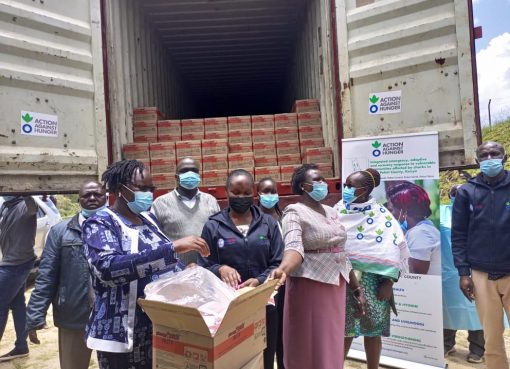The residents of Enkare Ngiro, Narok South Sub-County, have benefited from a Sh. 7.5 million borehole project from the Ewaso Nyiro South Development Authority (ENSDA).
The project was funded by ENSDA and will benefit the households living around the area that have been forced to source unsafe water from rivers and springs, thus endangering public health.
ENSDA Chairman Mr. Samuel Kutata, who spoke during the launch of the project, said the water project will benefit the communities living around it and will boost water coverage in the county.
The Chairman said ENSDA plays a major role for the public; it has no boundaries; its core mandate is to deliver developments to the people at grassroots levels; therefore, it is inclusive and intended to benefit everybody.
Kutata asked the local community and the school management to manage the project properly so as to benefit everybody.
Further, Kutata encouraged the local residents to plant trees on their homesteads and nurture them to maturity, thus helping the government combat the climate change that is facing the country.
The area legislator, Kitilai Ntutu, noted that projects done by ENSDA are important to the communities and that it should be allocated more money to carry out its functions effectively.
ENSDA has contributed to the community living in Narok through employment opportunities for youths, women, and other categories of people in the ternary factory and in many other departments.
The legislator encouraged the local residents to engage in leather businesses because the tannery factory is expanding its production and the demand for leather will rise.
Similar sentiments were echoed by ENSDA Chief Executive Officer, Mr. Ngala Oloitiptip, who said the leather industry is key to the government agenda and urged the locals not to sell their leather to other people but to sell it to the home ternary factory to boost production.
The government is expanding leather industry production three times faster than current production, and youths were encouraged to pursue courses in leather technology at universities and colleges to secure future jobs in the industry.
By John Kaleke





